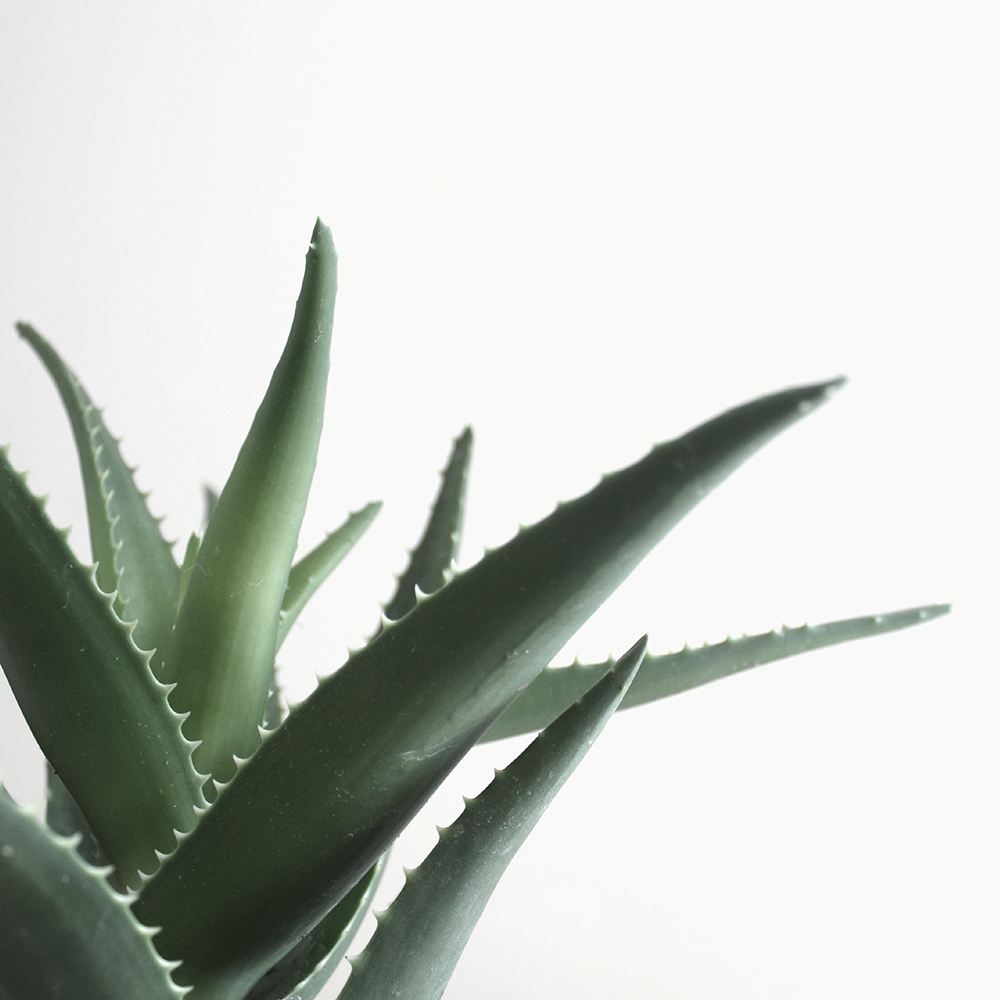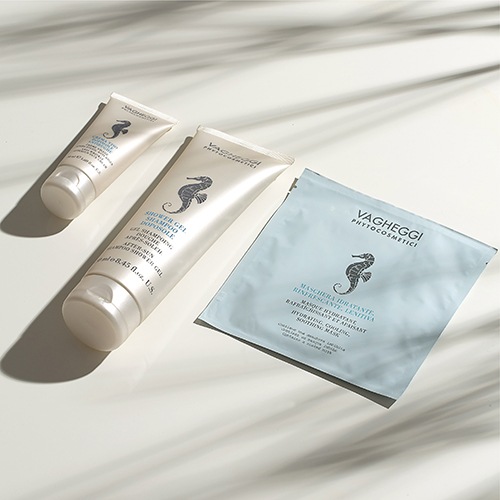Sunburn: Symptoms & Causes
The first signs of sunburn typically appear within a few hours after sun exposure: your skin reddens, feels hot, and tight. This inflammatory response is your body’s natural reaction to UV-induced cellular damage.
Common sunburn symptoms:
- Redness – The affected area turns bright red
- Tightness/pulling – The skin loses elasticity
- Pain and sensitivity – Especially when touched
- Warmth or burning sensation – The skin may feel hot, even without fever
- Peeling – Days later, the damaged top layer sheds
- Blistering – In more severe cases
What happens in the skin?
UVB rays damage DNA in the epidermis (the top layer of skin), triggering inflammation and cell death. The skin then attempts to repair this damage, causing pain and irritation. That’s why using adequate sun protection before exposure—especially outside summer—is crucial.
Sunburn severity levels:
- Mild sunburn: redness, slight tightness; recovers within 2–3 days
- Moderate sunburn: more intense pain, peeling; takes several days to heal
- Severe sunburn: blisters, fever, chills, dehydration—medical attention may be need
- Sunburn is not only unpleasant—it can lead to premature aging and increased skin cancer risk. That’s why recovery care is so important, as described next.
Home Treatment for Sunburn: Natural RemediesOnce the damage is done, start gentle yet effective skincare immediately. The goal is to reduce inflammation, restore hydration, and support regeneration—ideally with natural and soothing solutions.
|
 |
Practical home remedies:
- Cold compresses: reduce heat and inflammation
- Chamomile or green tea rinses: natural calming agents—only if tolerated without irritation
- Gentle hydration: fragrance-free, light moisturizers or gels help prevent peeling and dryness
What to avoid: - Oily, greasy creams: trap heat in the skin and can worsen inflammation
- Further sun exposure: damaged skin is more vulnerable to UV harm
- Scrubbing or hot showers: irritate already sensitive skin
With careful use of these natural methods, healing burned skin at home can be effective. Next, we’ll explore how Vagheggi products can enhance this process with professional-grade formulas.
Recommended Vagheggi Products for Sunburn Aftercare
While home remedies work well, for maximum effectiveness consider integrating Vagheggi’s after-sun products. These feature natural ingredients, designed to soothe, hydrate and support skin recovery after sun exposure.
|
 |
- Summer Paradise After-Sun Anti-Aging Face Cream A rich cream featuring Beta-Glucan, Palmitoleic Acid, and antioxidants. It soothes and nourishes the facial skin while helping preserve an even tan, protecting against fine lines and photoaging-induced pigmentation.
- Summer Paradise Pre & Post Sun 2 in 1 Cream A versatile gel used before and after sun exposure. Contains Cola nut, Panthenol, Jojoba oil, and Bisabolol to hydrate, calm, and prolong a natural-looking tan. Suitable for sensitive skin, it can be applied hours or days before sun exposure and reapplied afterward for best results.
When to See a Doctor
- Blistering: Indicates second-degree burns—requires medical treatment.
- Fever, chills, headaches: May signal systemic response or heatstroke.
- Severe pain or nausea: Possible signs of dehydration or intense inflammation.
- Dehydration symptoms: Thirst, dry mouth, weak pulse, fatigue.
- Widespread sunburn: If large areas (back, shoulders, thighs) are affected, professional care is advisable.
How to Prevent Sunburn Next Time
- Use a high SPF sunscreen: at least SPF 30, or SPF 50 in strong sun.
- Reapply every 2 hours—and after swimming, sweating, or towel-drying.
- Avoid peak sun hours: 11 AM to 3 PM.
- Wear light, breathable clothing, a hat, and sunglasses.
- Seek shade, especially on the beach or during hikes.
Natural Sun Protection Tips from Vagheggi
Vagheggi sunscreens protect against UVA/UVB rays while nourishing and hydrating with plant-based ingredients. Their lightweight textures are suitable for all skin types, including sensitive skin.
FAQ – Common Questions About Sunburn
What should I do if I get sunburned?
Seek shade, cool the skin with lukewarm water, apply soothing moisturizers (aloe vera or panthenol-based), and drink plenty of water.
How can I treat sunburn at home?
Use natural soothing agents like aloe vera, calendula, or lavender oil. Apply cold compresses, avoid oily products, moisturize gently, and rest.
How long does sunburn take to heal?
Mild cases heal in 3–5 days; peeling may last up to a week. Severe sunburn with blisters may take 10–14 days and might require medical treatment.
Is it okay to sunbathe after getting sunburned?
No! Damaged skin is more vulnerable to UV; continued exposure increases inflammation, delays healing, and can cause pigmentation or premature aging.
Can I use natural creams on sunburn?
Absolutely—fragrance-free, natural creams containing aloe vera, chamomile, or panthenol are excellent for calming inflammation and aiding skin repair. Vagheggi’s after-sun products are ideal examples of gentle yet effective care.

